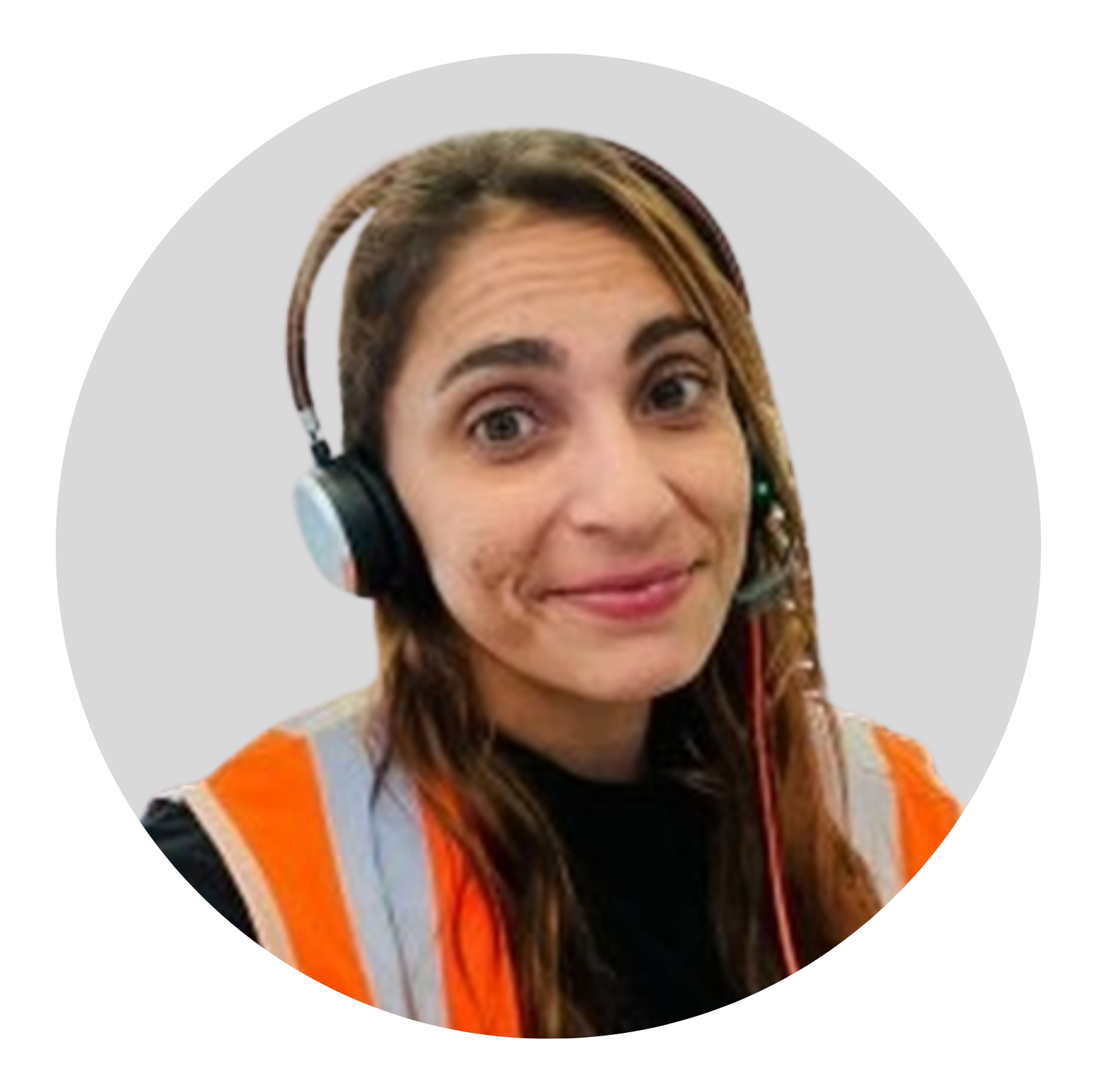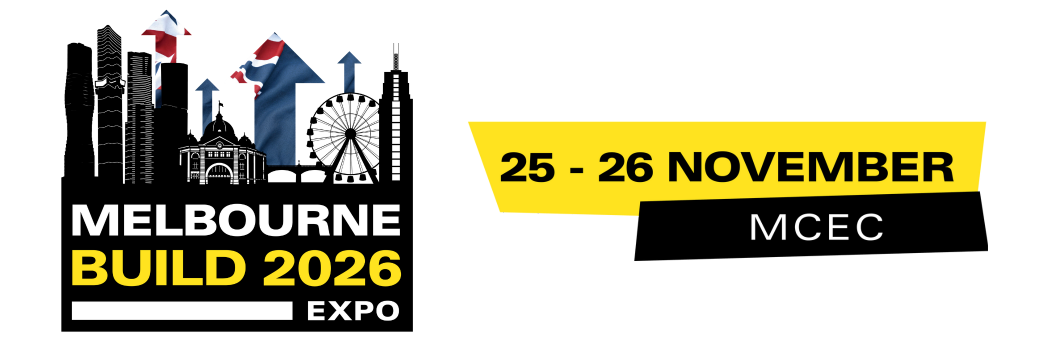Neurodiversity in Construction: How to Build an Industry That Works for Every Mind
)
Neurodiversity, the natural variation in how human brains think, learn, and process information, is an increasingly important conversation across many industries, including construction. As the sector continues to evolve, understanding how to create environments and workplaces that support neurodivergent individuals is essential for driving inclusion, innovation, and long-term success.
Recent research from the National Federation of Builders, in collaboration with CITB and the People’s Partnership, found that one in four construction workers identify as neurodiverse, with ADHD accounting for 54%. Despite this, most workers said neurodiversity wasn’t discussed during hiring or onboarding, highlighting a missed opportunity to provide the right support from the start.
In this interview, we explore neurodiversity in the construction industry: What it means in practice, the challenges faced by neurodivergent professionals, and how inclusion can lead to more innovative and effective teams. To gain deeper insight into this important topic, we spoke with Therese Rochecouste, Inside Sales Consultant and passionate advocate for inclusion and neurodiversity in construction.
 About Therese Rochecouste
About Therese Rochecouste
Therese is an Inside Sales Consultant at Altro, working closely with architects and designers across Australia to connect them with innovative safety flooring, wall and door protection solutions. She is passionate about building strong industry relationships and raising awareness of neurodiversity in construction, championing inclusion and the unique strengths of individuals in the sector.
Personal Experience: Can you share your personal journey with neurodiversity and how it has influenced your work in the construction industry?
“As someone who identifies as neurodivergent, my journey in the construction industry has been both challenging and deeply rewarding. Neurodiversity has shaped the way I think, problem solve, and interact with the built environment, often in ways that diverge from traditional approaches but lead to innovative and inclusive outcomes.”
“Early in my career, I found that my attention to detail, pattern recognition, and systems thinking allowed me to excel in areas like project coordination, compliance, and inclusive design. At the same time, navigating environments that weren't always designed with neurodiverse individuals in mind, whether physically or culturally, made me acutely aware of the gaps in accessibility and understanding within our industry.”
“This awareness has become a driver in my work. I’m passionate about embedding Universal Design principles into every stage of the construction process, not as a compliance measure, but as a commitment to equity and usability for everyone. My lived experience allows me to advocate more authentically for environments that support sensory regulation, cognitive accessibility, and diverse communication needs, whether that's in a community sports pavilion, a workplace, or a public streetscape.”
“Workplaces such as Altro Australia, where values of inclusion and accessibility are not just supported but actively championed.”
“This year, we held our first Altro Neurodiversity Forum in Australia, building on the strong foundation laid by our UK team.”
“Altro UK first sparked the conversation locally by hosting their own Neurodiversity Forum, an initiative inspired by one of our UK colleagues whose son is autistic. From that forum, they went on to develop a Designing for Neurodiversity CPD (Continuing Professional Development) course, enabling architects and designers to earn points toward their accreditation. Thanks to their leadership, we’re now able to offer both the forum and, soon, the CPD to the Australian architecture and design community - a significant and exciting step toward making our industry more inclusive.”
→ Access presentation videos from the Altro Neurodiversity Forum, speaker slides, and a highlight video here.
Awareness and Understanding: In your opinion, how aware is the construction industry about neurodiversity, and what steps can be taken to improve understanding among employers and colleagues?
“In my opinion, awareness of neurodiversity within the Australian construction industry is steadily growing, though it remains in its early stages. While the concept is gaining traction in architecture, design, and government sectors - particularly through the adoption of Universal Design and sensory-friendly spaces in education, healthcare, and public infrastructure - it’s still not widely understood across the broader industry.”
“On construction sites and in workforce practices, support for neurodivergent individuals is limited, with few formal inclusion strategies and ongoing stigma or lack of understanding. Encouragingly, initiatives like CPDs, forums, and supplier-led advocacy (such as Altro Australia’s work) are beginning to shift the conversation, highlighting that designing for neurodiversity benefits everyone. Continued progress will depend on broader education, more inclusive procurement policies, and a stronger presence of neurodiverse voices in both design and delivery.”
Inclusive Practices: What specific practices or strategies do you believe can create a more inclusive environment for neurodiverse individuals in construction?
“Here are some practices that can help create a more inclusive environment:
-
Include neurodivergent voices from the start – Involving neurodivergent individuals in the design process ensures their needs are properly understood, resulting in spaces that are more inclusive and functional for everyone.
-
Design for adaptability and personalisation – Give people control over their environment with features like dimmable lighting, blockout blinds, flexible heating, and acoustic adjustments. Personal choice helps reduce sensory overload and supports comfort.
-
Be mindful of textures and materials – Fabrics and surfaces can have a big sensory impact. Choose materials that feel comfortable against the skin and provide variety where possible. For example, one person may find velvet unbearable; if every chair is covered in it, they’re left with no comfortable option.
-
Soften noise levels – Incorporate carpets, vinyl flooring, acoustic panels, and other soft furnishings to minimise echo and create quieter zones, especially in open spaces.
-
Prioritise flexible furniture – Movable and adjustable furniture, such as height-adjustable desks, flexible seating, and partitions, allows people to tailor their environment to their own comfort.
-
Embrace biophilic design – Natural elements such as wood and stone can foster calm and connection. Incorporating these materials into walls, floors and furniture can make a space feel more grounded and supportive.
-
Use colour thoughtfully – Colours affect mood, so aim for calming palettes. Cool tones like blues and greens often promote relaxation, while high-contrast patterns or overstimulating hues may heighten stress.
-
Simplify navigation – Clear, consistent wayfinding and intuitive layouts help reduce anxiety and make spaces easier to move through with confidence.
-
Minimise visual clutter – Just like noise, visual overload can be stressful. Streamlined layouts, well-defined zones, and uncluttered designs create a sense of calm and clarity.”
Challenges and Barriers: What challenges do neurodiverse individuals face in the construction sector, and how can companies better support them?
-
Sensory Overload: Construction sites can be overwhelming for neurodivergent individuals due to loud noises, bright lights, and chaotic environments. Support: Provide quiet spaces, noise-cancelling PPE, and flexible work hours.
-
Unstructured Communication: Verbal, last-minute instructions can be difficult for those who need routine and clarity. Support: Use written instructions, visual schedules, and structured briefings.
-
Stigma Around Disclosure: Fear of misunderstanding or exclusion often prevents individuals from sharing their diagnosis. Support: Foster a respectful culture, offer confidential disclosure options, and train leaders in neurodiversity awareness.
-
Lack of understanding from management - Support: Provide neurodiversity training for site supervisors and project leads, focusing on practical inclusion and communication strategies. Encourage leadership to model inclusive behaviour and normalise difference.
-
Limited resources or budget for changes - Support: Start with low-cost, high-impact actions - like communication aids (visual signage, written instructions), flexible break times, or small layout adjustments. Emphasise that inclusion often comes from mindset, not just money.
-
Retrofitting existing spaces is difficult (e.g. fixed layouts in restaurants) - Support: Focus on operational adjustments - such as offering quieter booking times, using acoustic treatments (panels, curtains), or training staff in sensory-aware customer service. Even small changes in lighting, noise levels, or staff interaction can improve comfort.
Benefits of Diversity: How do you think neurodiversity contributes to innovation and creativity within the construction industry?
“Neurodivergent individuals bring fresh perspectives and innovative ideas, and designing spaces with their needs in mind not only supports them but also creates more inclusive, creative environments that benefit everyone.”
Future Outlook: What changes would you like to see in the construction industry regarding neurodiversity over the next few years?
“In the coming years, I would like to see greater understanding and awareness of neurodiversity within the construction industry, along with a reduction in stigma around it. It’s important to recognise neurodiverse individuals for their strengths and the unique contributions they can make, rather than focusing solely on potential challenges.”
“As a neurodivergent individual myself, I know that I am fully capable of making a meaningful impact - both within the construction industry and beyond. It’s vital that everyone understands that brains work differently, and that each perspective is valuable. When we appreciate and harness these differences, we create opportunities for real innovation and positive change.”
“Improving understanding starts with employers upskilling themselves about neurodiversity— recognising how people with autism, ADHD, or other neurodivergent profiles may think and work differently. Creating safe spaces where teams feel comfortable discussing their needs is key, as is offering practical supports like noise-cancelling headphones or quiet rooms. While not every workplace will have the resources to make major changes, open conversations and small adjustments can make a big difference. Building wider awareness of neurodivergent strengths across employers, colleagues, and support organisations is essential to creating more inclusive workplaces.”
Therese Rochecouste’s insights highlight the growing importance of neurodiversity within the construction industry - and the incredible value that different ways of thinking can bring to design, teamwork, and innovation. From creating sensory-aware environments to embedding Universal Design principles, it’s clear that inclusion doesn’t just improve accessibility; it enhances creativity and outcomes for everyone.
As awareness continues to grow, the future of construction depends on recognising and celebrating the strengths of neurodivergent individuals, fostering workplaces where every brain can thrive.
We’d like to extend a sincere thank you to Therese for sharing her personal journey, professional expertise, and inspiring commitment to building a more inclusive industry.
Interested to learn more? Find presentation videos from the Altro Neurodiversity Forum, speaker slides, and a highlight video here.
Connect with Therese on LinkedIn.
Join our Diversity in Construction Ambassador Programme, like Therese, and become a catalyst for change! You'll have the chance to network with over 10,000 attendees and connect with fellow ambassadors to share insights on best practices, innovative approaches, and effective strategies for celebrating and supporting diversity in the industry. Learn from industry experts at our Diversity & Inclusion Stage at the event. You can make a meaningful impact – become an ambassador today!
Melbourne Build is the leading and largest construction trade show for Melbourne and Victoria, taking place October 22nd & 23rd 2025 at MCEC. Featuring two jam-packed days of knowledge-sharing, 450+ expert speakers across 12 conference stages, a 175+ booth exhibition, Meet the Buyers, business networking, live music, entertainment and so much more! Don’t miss out on free tickets.

